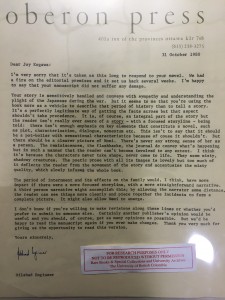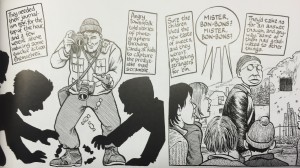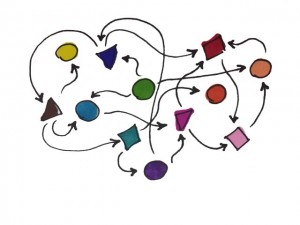Hello everyone,
This amazing academic year is coming closer to its end and we only have two weeks left of classes before we enter the time for finals. This is my final blog post for ASTU class and I would like to look into the enormous impact this class has had on my academic career and also on my personal life and the way I communicate with others. I am currently in Global Politics, a class that, although bewilderingly interesting, is also challenging and hard to get a grasp of. Our professor assigned us to read two book that are both works of scholars in political sciences and this terrified me, a fear that stopped me from opening the book in multiple occasions. When I realized that I had to inevitably read it as it was part of my required reading, I sat down in a quit space with my book and a pencil but when I opened the book and actually started reading, it came as a shock to me how easy it was for me to flow through the pages of complex technical language. I caught myself marking and making gist notes for the state of knowledge, knowledge deficit, and other parts of the scholarly genre that we have been studying in ASTU. Although I was not reading this introduction for an ASTU, assignment but to go on and read the book, the techniques that I had learn in class saved me from the insane confusion that would have clouded my ability to learn from the book at the start of the year.
I have constantly been told by my parents and educators that when you do something consistently, it becomes a pattern and if you continue that pattern, it can become a habit. This can be the case when you keep making the same mistakes and develop a negative habit but it is also a reality when you develop a positive habit especially a positive learning and reading habit. After reading multiple essays and looking at them deeply in class, we have developed the ability to analyze scholarly work better than we could have before this class. Our ability to read the work of scholars open up the door to a whole new world of information, and particularly to some of the best and most intellectually powerful information that was simply to complicated for us to understand before. The ability to read the work of a scholar and interpret it is a powerful tool for us to develop our own ideas and further the conversation or open it up to new topics that we might have remained ignorant about if we were not able to read this genre. I loved this class, and as I continue to read, communicate, and learn throughout the years, I will continue to apply the lessons of this class, the base for me to continue to grow in my knowledge of the academic and scholarly world.
Thank you for reading and have a great day!
Andrea Barraza


